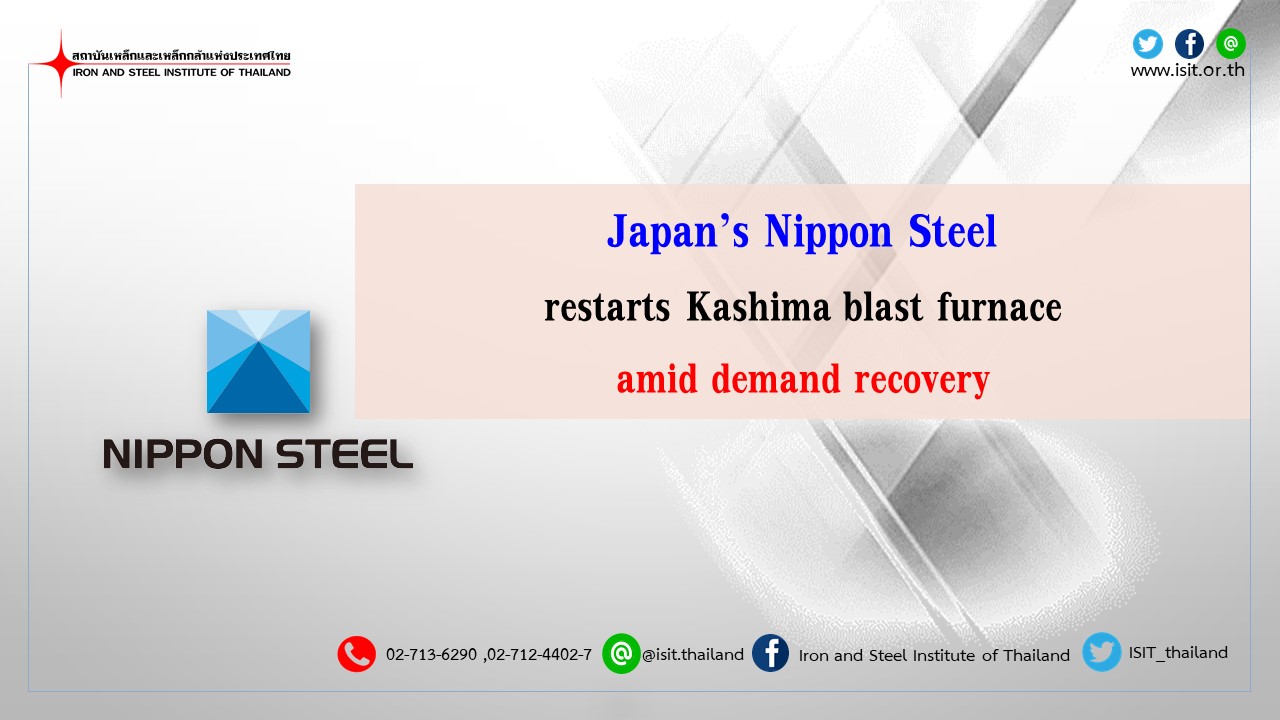
Japan's Nippon Steel restarted its No. 1 blast furnace at Kashima on Jan. 19, ahead of plans for an end-January restart, amid recovery in the domestic automotive industry.
The 5,370 cu m furnace, which is run by its East Nippon Works, was placed on "banking" since April 16, 2020, due to lower demand amid the coronavirus pandemic.
In early December, the steelmaker had said it was planning to restart the furnace by the end of January.
With the restart of the No. 1 blast furnace, Nippon Steel now has 12 operational furnaces in Japan.
Vehicle sales have gone up in Japan with December 2020 sales reaching 379,896 units, up 10.2% year on year, data from the Japan Automobile Manufacturers Association showed. However, the December sales recovery was not enough to offset an 11.5% year-on-year fall in vehicle sales to 4.60 million units for full year 2020.
Nippon Steel still has two blast furnaces that remain suspended -- the No. 1 furnace at Wakayama and the No. 2 furnace at Kure. The No. 2 blast furnace at Kokura was permanently shut at the end of September 2020.
Nippon Steel plans to have 11 operational blast furnaces by end-June 2022.
Nippon Steel expects its non-consolidated crude steel production to total 18.1 million mt in the second half of the 2020-2021 fiscal year (April-March), up from 14.6 million mt in the first-half which ended Sept. 30, 2020.
Crude steel production in Japan over January-April 2021 is expected to recover amid various plant restarts and recovery in demand, sources said.
Domestic demand for flat steel had improved significantly in Japan, while for the construction steel segment, demand was still seen as lackluster, the sources added.
-- Clement Choo, Samuel Chin